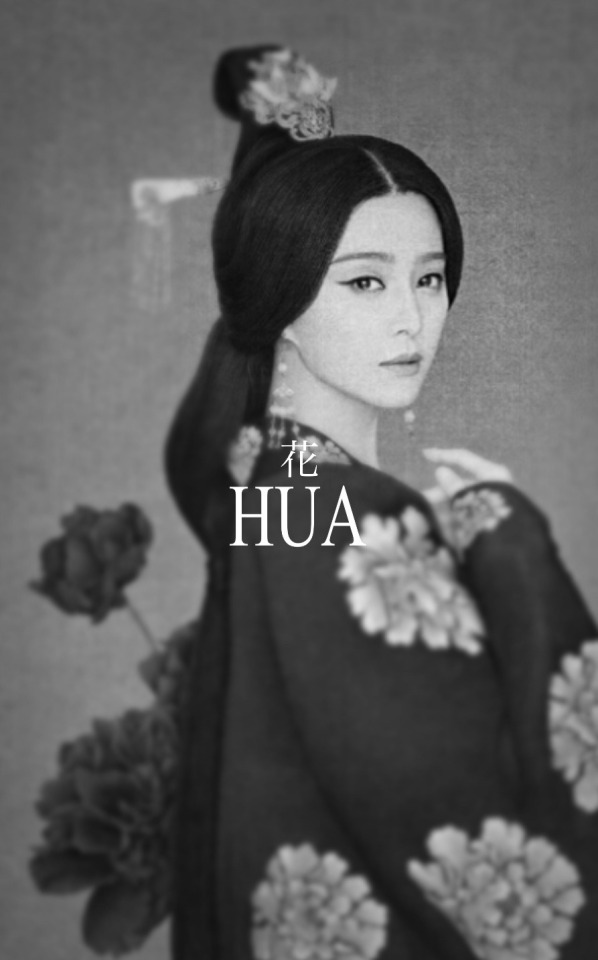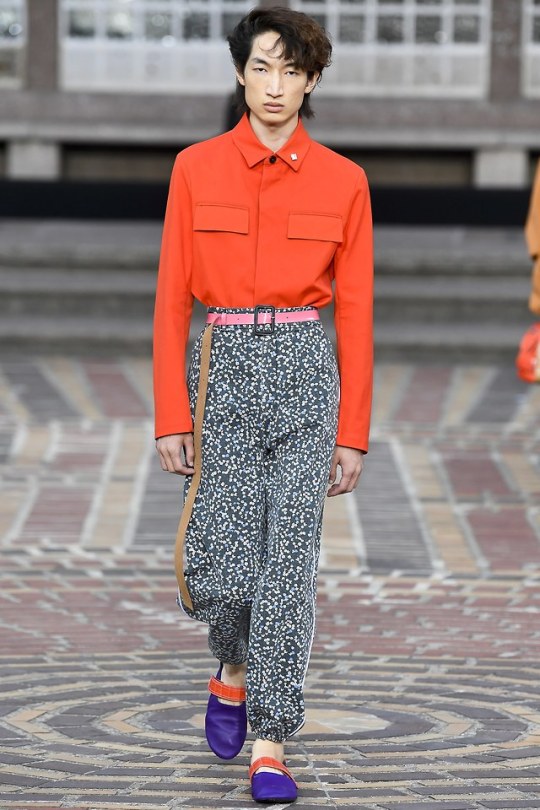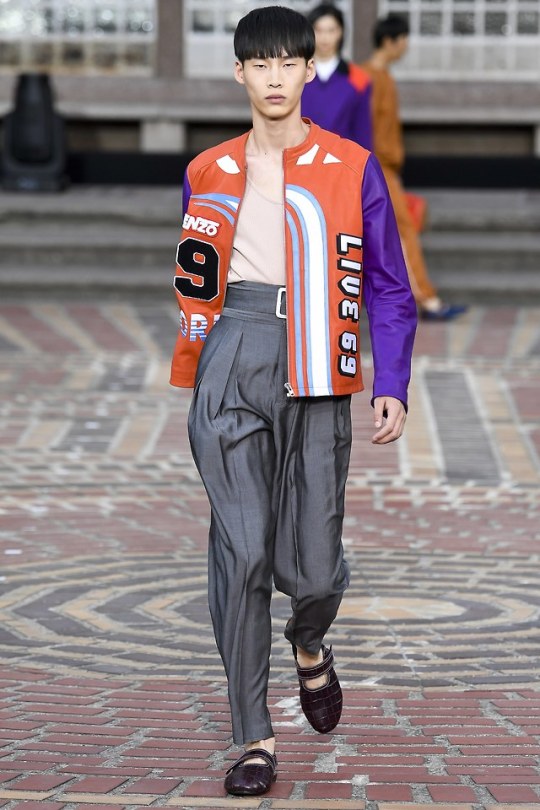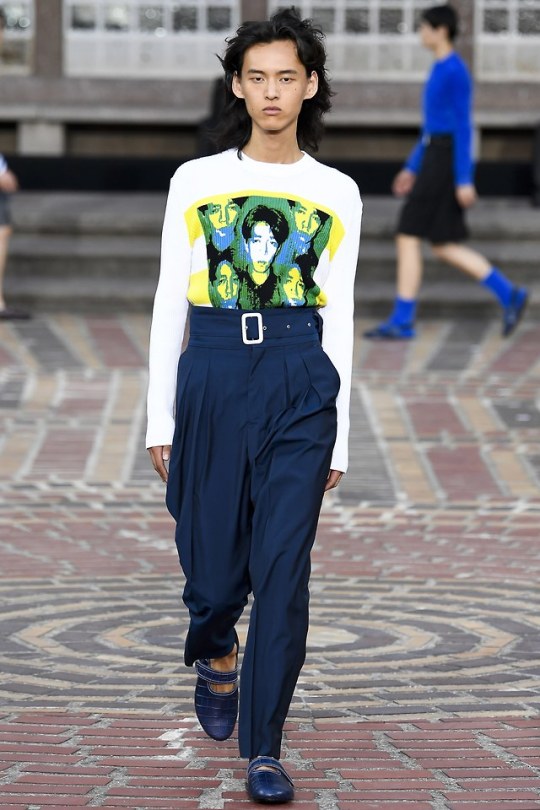#Zhengyang Wang
Text
From Longreads (@longreads):
"The Last of the Fungus
Zhengyang Wang | Nautilus | August 30, 2023 | 4,497 words
Molecular phylogenies and caterpillar fungus are not topics I expected to find riveting until I read Zhengyang Wang’s essay. His story bounces along like a thriller: Mountaintop expeditions, dodgy deals, and even death are part of this fungal world. However, the most gripping thread is Wang’s PhD. Yes, that’s right: He makes his PhD research project on parasitic fungus sound fascinating. The parasite in question is reminiscent of Alien, invading ghost moth caterpillars and taking over their brains until stroma blasts out of their heads and sticks up from the soil. (Wang describes this much more eerily and beautifully.) In China, this stroma is celebrated for helping with a different kind of protrusion and is known as “Himalayan Viagra.” The attributed medical and aphrodisiacal powers (by no means proven) mean the sale of this fungus equates to a massive tenth of Tibet’s gross domestic product. Inevitably, people are attempting industrial farming, and mountain vistas are being devastated as caterpillars are collected to sell to fungus breeders. But it isn’t working. Spraying caterpillars with spores of the parasite O. sinensis does not infect them. Wang’s PhD explains why these centers are failing: The complicated, intricate ecosystems where these hosts and parasites evolve together are impossible to replicate. His research proves the decimation of delicate montane habitats is pointless, but not enough people are reading it. You can. —CW"
2 notes
·
View notes
Photo

𝑯𝑼𝑨《花》: 𝑻𝒉𝒆 𝑽𝒊𝒔𝒖𝒂𝒍 𝑨𝒍𝒃𝒖𝒎
Zhang Yingyue directs and stars in HUA’s visual album. HUA pays homage to Tang Dynasty aesthetics and folklore stories, and weaves into each song to tell Zhang’s story. HUA follows through a journey of love and loss, rebirth and power.
Directed by Zhang Yingyue
Costumes by House of Hua and Heaven Gaia
Makeup by HUA Beauty
Cast: Zhang Yingyue, LAY, Ayunga, Fan Chengcheng, Hua Yueyun, Ho Jiayi, Kiki, Dilreba, Lexie Liu, OMI, Jane Zhang, Jolin Tsai, Victoria Zhou, Zhu Zhenting, Wang Ziyi, Cai Xukun, Chen Kun, Zhou Xun, Zhou Jieqiong, Louise Wong, Ming Xi, He Sui, Zhang Zhengyang, Yamy, Gong Li, Carina Lau, Hugh Wang, and Gemma Chan
Choreography by Ho Jiayi
Dancers provided by the Beijing Dance Academy
Poetry by Li Qingzhao, Qiu Jin, Yu Xuanji, and Bai Juyi
4 notes
·
View notes
Text

Heliconius elevatus, arose from the genetic fusion of two other Amazonian butterfly species. Photograph By Andrew Neild
Scientists Just Found An Evolutionary Holy Grail
A New Report Traces the Extraordinary Lineage of a Common Amazonian Butterfly—and Estimates the Hybridization of Its Two Parental Species happened Around 180,000 Years Ago.
— By Zhengyang Wang | April 17, 2024
In 1837, Darwin sketched a "tree of life" in his notebook, 12 years before the publication of his Origin of Species. Since then, the tree has been a metaphor routinely used by biologists to explain how new species diverge from a common ancestor. But some scientists believe that new species can also arise from merging older lineages—as if tree branches were to fuse.
Now There Is Proof.
Today, scientists report in the journal Nature that the Amazonian butterfly species Heliconius elevatus arose from the melding of two others. By comparing the genetic blueprints of other butterfly species, researchers led by Harvard University research associate Neil Rosser, demonstrated that the H. elevatus genome is a mixture of 1 percent of the species H. melpomene and 99 percent of H. pardalinus.
"Our study shows that hybridization can drive the evolution of new species," says Rosser, the lead author of the study and National Geographic Explorer. Rosser’s team estimates that although the two parental species of H. elevatus had remained distinct for two million years, a DNA mishmash happened around 180,000 years ago when the Amazonian rainforest was a biodiversity refugium during a global ice age.
For decades, the evolutionary holy grail has been to find an animal species that came into being from two parental species combining their genomes. (If mules—the donkey-horse hybrids–could reproduce, they would qualify as a "hybrid species".) The search has remained inconclusive until now.
Both the hybrid and its two parental species are still common in the rainforests of South America (although H. elevatus, as the name suggests, is a canopy flyer). Had Darwin ventured a bit inland when the HMS Beagle docked in Lima in 1835, he would have seen them, too.
"They have discovered a situation in nature that many have postulated, but few have demonstrated. That is remarkable," says David Lohman, a professor at the City College of New York, who is not involved in this study. Lohman is part of a team that recently built the most comprehensive butterfly tree of life.
Mimicry Rings
Heliconius are the only group of butterflies that imbibe flower pollen, which they use to synthesize cyanogenic glycosides that render themselves distasteful to predators. They advertise their unpalatability with bright, high-contrast aposematic coloration that says, "don't mess with me."
"Hybrids in Heliconius really stand out, because their color patterns are so different," says James Mallet, professor of organismic and evolutionary biology in residence at Harvard University and the corresponding author of this study. He explains that related groups of Heliconius mimic the warning patterns of each other, so the gaudy costume of a single species becomes a coat of arms adorned by its nearby relatives. These "mimicry rings," as shared color patterns are called, help deter predators more effectively.
Two decades ago, Mallet realized that all the close relatives of H. elevatus wore horizontal black-orange stripes called a "tiger mimicry ring." H. elevatus, on the other hand, wore a "nailhead ray" outfit—a concentric array of orange dashes on its hindwings—that was only shared by H. melpomene, a distant relative. It was as if H. elevatus showed up at the family reunion with an outfit borrowed from a stranger. This was a smoking gun that H. elevatus was a hybrid species, but Mallet had to wait for two decades for genomic data to confirm his suspicion.
Genetic Islands
While Mallet and colleagues gathered genomic sequences of Heliconius butterflies, Rosser set up shop in Peru, propping up butterfly cages to observe H. elevatus behavior. "It was tough to build all that stuff," Rosser says. "Strong wind just blows a branch down on top of your cages and all the butterflies escape." Rosser also notes that not all predators are deterred by the warnings of mimicry rings. "Spiders eat them, and all sort of countless problems like that."
The combined effort of Mallet's genomic sequencing and Rosser's behavioral studies led to the discovery of key regions in the H. elevatus genome associated with color pattern, host plant preference, and mating preference. To Rosser and Mallet’s surprise, all of these crucial genetic snippets came from H. melpomene.
Although only 1 percent of the H. elevatus genome is derived from H. melpomene, these fragments are spread across the H. elevatus genome in 44 independent "genetic islands," and control traits crucial to species identity. "Hybrid speciation in this case is not a 50-50 mix," Mallet remarks. "This goes to the heart of what we mean by a species."
You Just Have To Look
Both Mallet and Rosser think there are many more hybrid butterfly species out there. "If people look, then they'll find it," says Rosser. "There are probably examples of this kind happening in Africa and Asia," says Akito Kawahara, professor at the University of Florida, another key contributor to the butterfly tree of life project, who is not involved in this study.
Kawahara argues that to find these hybrid species, we need to start gathering genomic data for all butterflies. He says he's not ready to redraw the butterfly tree of life until more genomic data are available. "We'll be in that position later, you know. But I think it's going to take a little while."
#Science#Species Discovery#Evolution#Insects 🐞 🕷️ 🐜#Butterflies 🦋🦋🦋#Evolutionary Holy Grail#Environment & Conservation#Amazon#Amazonian Butterfly#Hybridization#Parental Species#Genetic Islands
0 notes
Photo








Zhengyang Zhang , Hao Liu , Jeon June , Xie Chenglin , Bong Woo , Wang Chenming , David Yang & Bom Chan Lee @ Kenzo S/S 18
499 notes
·
View notes
Photo

Zhengyang Zhang by Zhongsheng Wang
14 notes
·
View notes
Text
Beach pavilions for Toronto's Winter Stations 2022 revealed
A honeycomb-shaped installation and a "winged" pavilion are among the finalists of this year's Winter Stations competition, which brings together designs for temporary beach stations in Toronto.
This year's brief was to create pavilions that encourage people to explore the outdoors, in response to the theme of resilience. Three student proposals and three proposals from established designers were chosen for the temporary structures along Woodbine Beach.
Read:
Socially distanced Winter Stations 2021 beach pavilion designs revealed
Studios taking part were asked to submit pavilion designs that celebrate "the ability of people to withstand and push through challenging and unprecedented times" for the annual design competition.
Due to potential changes to coronavirus regulations in Toronto, the designs should be able to be easily moved to alternative settings, while also interacting in some way with the existing lifeguard stands on the beach.
Top: Enter Face allows visitors to peek out from within. Above: the Hive is based on hexagonal bee structures
The Hive, which was created by Kathleen Dogantzis and Will Cuthbert, is a domed installation based on the hexagonal structure of a bee colony. Its golden yellows and dull oranges are reflective of the colour variation of honey.
This installation was selected as a winner of a new category created in partnership with the Young Women's Christian Association (YWCA). It is dedicated to the people staying at the nearby temporary emergency shelter.
S'winter Station acts as a shelter from harsh weather
Another pavilion that will stand further along the beach is a winged pavilion called S'winter Station. Designed by students at Ryerson University, it acts as a shelter from harsh weather conditions. Its wings mitigate strong winds, protecting visitors from snow and hail.
The designers created concrete panels with different sized openings that allow snow and light to enter, while simultaneously providing visitors with views onto the surrounding beach.
Enter Face replicates how people watch life through digital screens
Cemre Önertürk and Ege Çakır, who work together under the name Melt, drew on the ways in which people have become reliant on digital screen communications for their station proposal.
Called Enter Face, it is composed of two black irregularly shaped structures set metres apart from one another. Visitors who walk inside either structure can peer out through a transparent section of the station to watch life outside of their box.
The Wildlife Guard Chair promotes engagement with birds overhead
A collaboration between French architect Mickael Minghetti and Canadian bird programmer Andres Jimenez Monge resulted in the Wildlife Guard Chair, a station informed by a northern cardinal bird that lives in Ashbridge’s Bay Park.
The duo hopes that the station will encourage visitors to engage with Toronto's wildlife.
Mirrors form the interior walls of Introspection
Introspection is the winning design by University of Toronto students Christopher Hardy, Tomasz Weinberger, Clement Sung, Jason Wu, Jacob Henriquez, Christopher Law, Anthony Mattacchione, George Wang, Maggie MacPhie and Zoey Chao.
A station topped with a trellis roof that has red walls on the outside and mirrored walls on the inside, Introspection aims to prompt visitors to self-reflect. The red lifeguard tower will sit at the centre of the station as a reminder of stability.
Six rings wrap around One Canada station
The last student design proposes a bridge between the Indigenous and non-Indigenous people of Canada and is designed to unite people through the act of gathering.
One Canada was developed by Alex Feenstra, Megan Haralovich, Zhengyang Hua, Noah Tran, Haley White and Connor Winrow at the University of Guelph.
Winter Stations was founded by RAW Design, Ferris + Associates and Curio. Previous winners include a large wind chime by students at Centennial College and a giant seashell called The Epitonium by Iranian team M. Yengiabad.
Images courtesy of Winter Stations.
Winter Stations exhibition 2022 takes place from 21 February to 31 March. See Dezeen Events Guide for an up-to-date list of architecture and design events taking place around the world.
The post Beach pavilions for Toronto's Winter Stations 2022 revealed appeared first on Dezeen.
0 notes